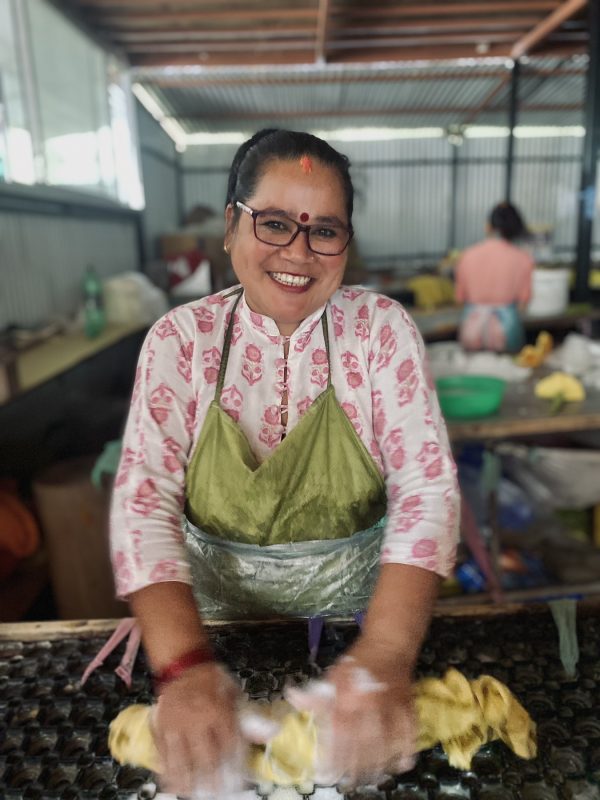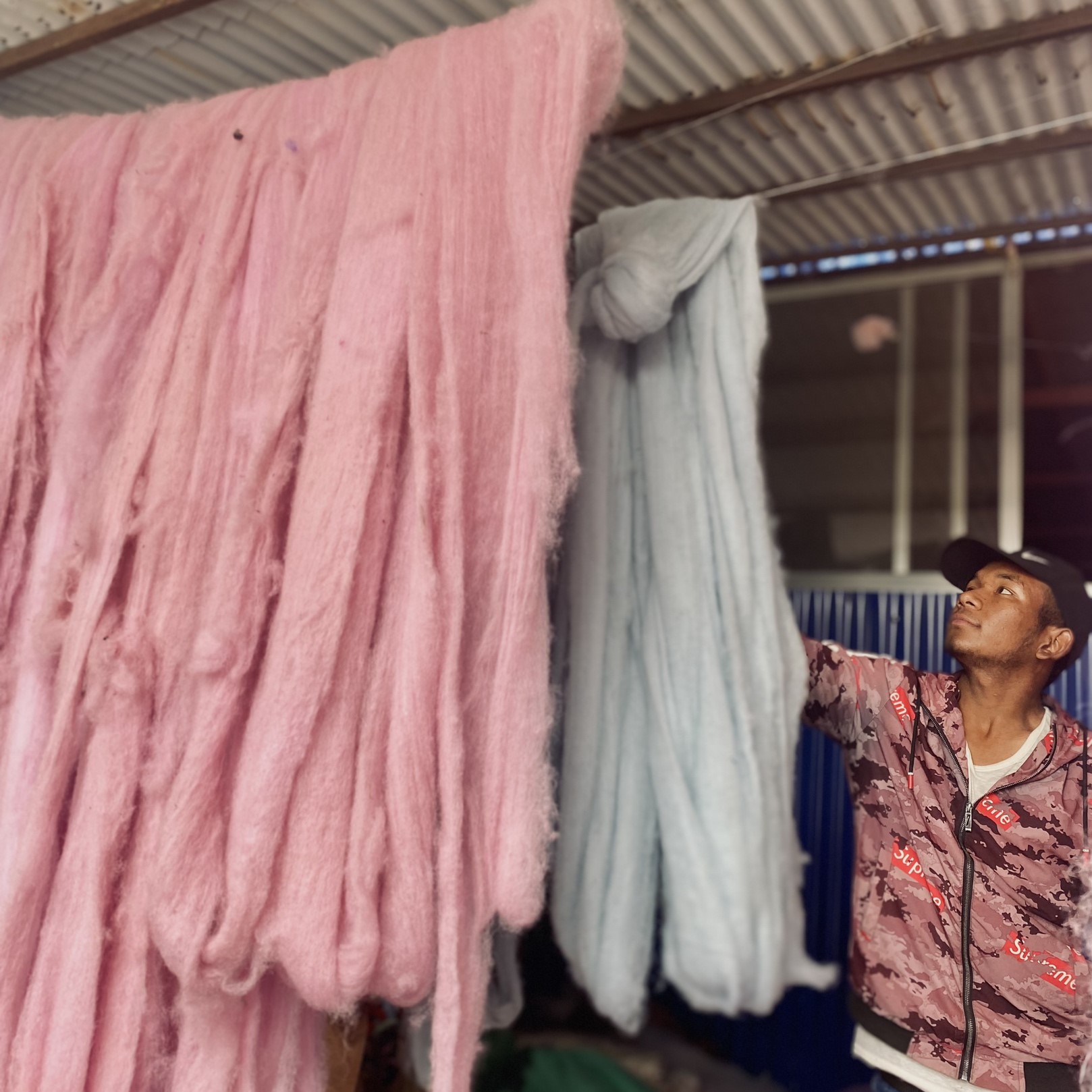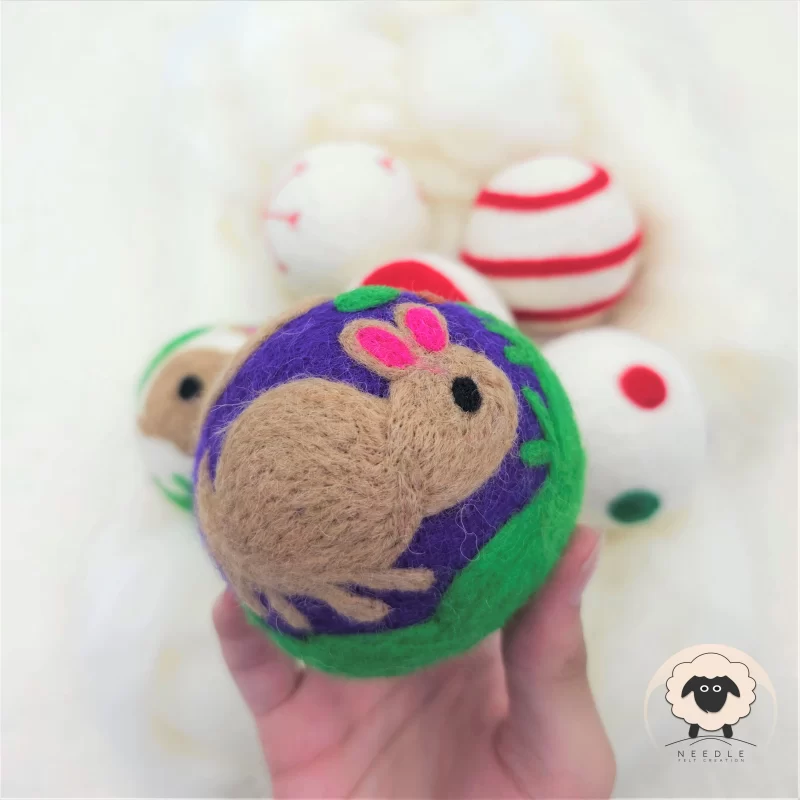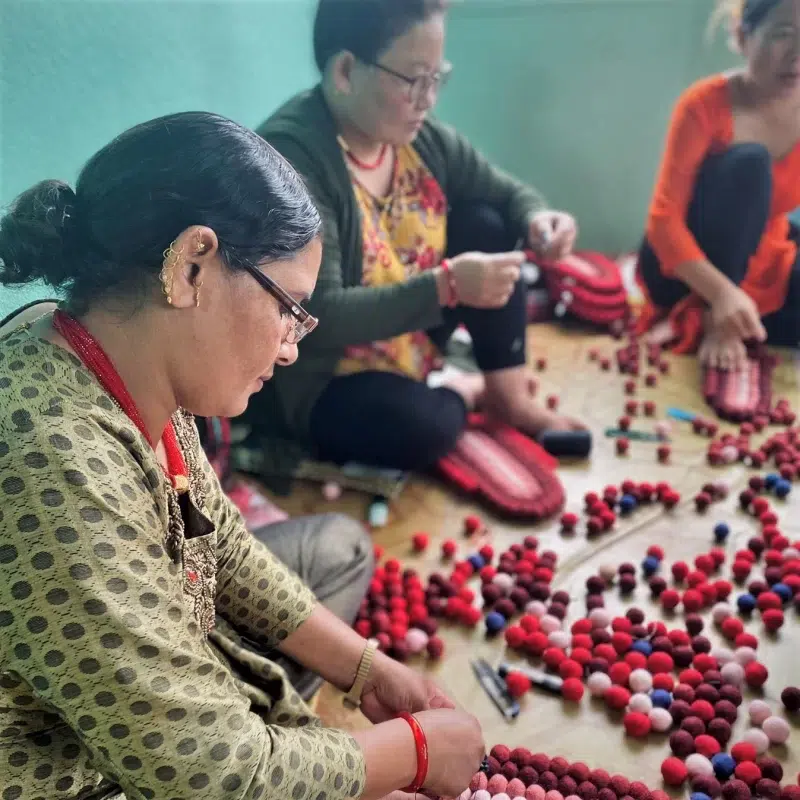The craft of needle felting is interesting and artistic because it turns wool into 3D art. It has gained popularity as a hobby due to its simplicity as well as beautiful results that can be achieved. This is the right place for you if you wonder how you would start needle felting or if you have already done it but would like to improve your techniques and engage in more complex projects. In this guide, we will take you through everything including the basics of needle felting to making fun toys and dealing with common errors.
Table of Contents

What is Needle Felting?
The process of needle felting makes use of barbed needles in order to tangle wool fibres into a denser fabric. This is different from wet-felting whereby water and detergent are used in the entanglement of such fibers; that which is done at needle-felting involves using the same repetitive stabbing action on wool with sharp needles to make it come together. The craft is renowned for its ability to make both intricate sculptures and flat felt pieces.
This involved taking up industrial felting techniques and applying them in smaller scale projects by artists and crafters. Currently, it has evolved into an art form as well as a practical skill for making useful things like coasters, hats, even small figures or toys.
Essential Materials for Needle Felting
You require some main materials and tools to set you on your way towards needle felting:
Felting Needles: These are not the usual sewing needles. Felting needles have barbs along their shaft that catch wool fibers as they pierce through.
Wool: The kind of wool you choose is important. Wool roving—wool that has been combed and is ready to use—is the material most commonly selected for needle felting as its fibers are loose and can be easily felted.
Felting Surface: A foam pad or brush mat provides a surface you can work on without damaging your needles or table.
Each one of these materials plays a crucial role in the process of felting. The needles come in different gauges; finer needles for more intricate work while larger ones for quickly felting large areas. Additionally, the quality of wool can significantly affect how easy it feels and what the final product will look like.
Basic Techniques of Needle Felting
At first, needle felting may seem like a hard task to do but there are some simple ways that you can learn. Here’s how to get started:
- Holding the Needle: Hold it near where it is thickest to avoid breaking and use an up and down movement rather rotating or bending.
- Shaping the Wool: Begin with a little wool, you always have the opportunity of adding more as time progresses. Use your hands to shape it into basic form before you start felting.
The Felting Process: Put your wool on your felting pad and begin pricking holes in it using a needle. The wool becomes harder and more defined each time it is punctured. It should be done uniformly over the surface for a smooth finished look.
Creating your first project can be as simple as making a small ball to practice your technique. Turn wool into a loose ball and poke at it from all sides. It will shrink and firm up as you felt.
You will be able to master needle felting in a short time, if you start with these basic techniques. You’ll get more skilled in working on the wool and shaping it as you make more of these.
After reading this introduction to needle felting, you’ll be eager to begin stabbing some wool. The next section discusses how to make specific things such as needle felted toys and health issues that come with making them using felted materials.
Needle Felting Process
Preparing Your Wool
Take a small quantity of wool from your roving. If it is matted or compacted, cautiously disentangle it with your fingers. It makes felting smoother and provides less resistance to needle.
Basic Shaping Techniques
- Making a Sphere: Roll the wool tightly into a ball and start poking the needle around the surface evenly until it’s firm.
- Creating Cylinders: Similar to the sphere, roll the wool into a tight tube and felt evenly around its surface.
Creating Your First Simple Project
A great way to start is by making small felted ball that can be used as a decoration or joined with others like garlands and mobiles. Just follow the instructions for making a sphere, customize it with your favorite color so it will be unique and bright.
This concludes the introductory part of how to needle felt. The steps are intended to increase your knowledge base in relation to each other as you progress along the way.
How to Needle Felt Toys
These felt toys that have been worked with needles are not only pretty, but they can also be used to express the imagination and preferences of someone. Follow these steps when making your own lovely felt figures:
- Draw and Design: To help you imagine the shape and characteristics, begin with a rough sketch of what you want.
- Select Your Wool; When designing, it may be preferable to utilize different textured wools for added depth. Many people like using different colored wool.
- Make a foundation: Make use of materials such as foam balls or cylinders to create a solid form that will needling wool until it is firm.
- Put more details: around eyes, ears tails or wings would go another layer of wool on top the base that’ll attach through felting in their respective places.
- Refine and Complete: If you like, add accessories like eyes as well as noses. Using finer needles make them clear and polish surfaces.
They could include funny animals from your imagination, fantasy creatures or favorite characters—just follow these steps.
Safety Considerations for Needle Felted Toys
Are Needle Felted Toys Safe for Cats?
While felted needles toys can be safe for cats, there are a few things you should think about:
- Materials: Consider using pet-friendly wool to prevent your cat from swallowing small parts.
- Durability: Ensure the toy has been well felted and made durable for rough play..
Are Needle Felted Toys Safe for Babies?
With proper care, needle felted toys can be safe for babies:
- Non-Toxic Materials: Go for undyed or chemical-free wool.
- Secure Attachments: Parts should be tightly fastened to avoid choking risks.
- Supervision: Ensure that an adult is present when babies are playing with their felt toys.
You can create adorable, secure needle-felted toys which will appeal not only to pets but also kids by prioritizing safety and using appropriate materials.
Common Mistakes in Needle Felting and How to Prevent Them
Avoidance of these usual mishaps will save you time and annoyance in your needle felting adventure:
- Overfelting: Be careful not to over-felt your pieces because this may result in stiffness and loss of details to stiffness and loss of detail.
- Breaking Needles: Avoid breaking needles while felting by using gentle, even force.
- Lack of Patience: To ensure deep felting and accurate detailing, take all the time you need for each step.
By understanding these errors one can enhance their expertise as well as churn out flawless felted items with ease.
Can You Felt with a Regular Needle?
Regular sewing needles have similar appearance to felting needles but they do not possess barbs which are necessary for felting. Trying to use a typical needle in the place of felt will be frustrating and not productive enough. Improving your outcomes in projects requires investing in proper felting needles.
This section has covered basic as well as advanced needle felting techniques, safety tips, and common errors to avoid. All these factors contribute to an enriching and successful experience for the artist’s creation of beautiful woolen designs that are one-of-a-kind.
Ready to Start Your Needle Felting Journey?
Explore our extensive collection of premium quality felting supplies! Whether you are new to this craft or an experienced felter who wants more stock, our range consisting of such items as, felt balls ,felt rugs, felt pet products etc., is perfect for your next project. Come by today and let us help you bring your creative ideas to life using top-notch materials!
Happy felting; we can’t wait to see what you make!





